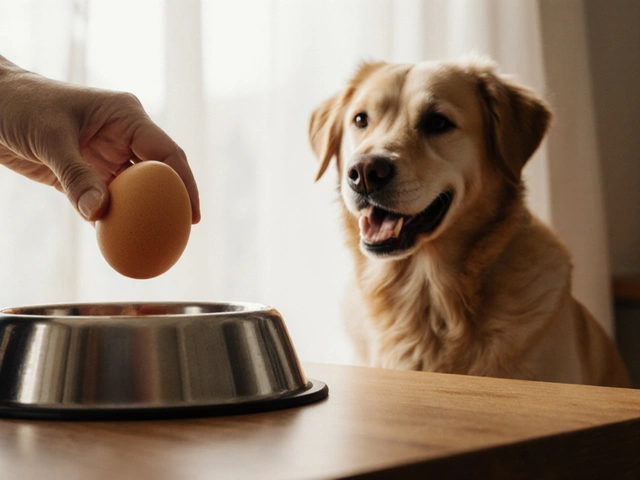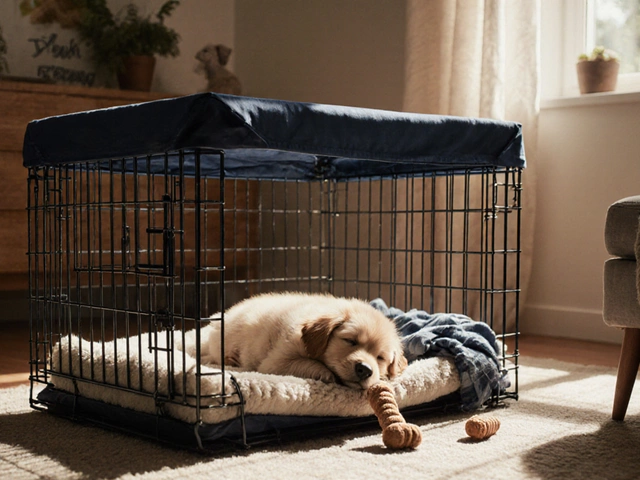Dog Collar Advice: Tips, Safety, and Choosing the Right Fit
When working with dog collar, a band worn around a dog's neck to hold identification tags, control tools, or training devices. Also known as neck strap, it plays a crucial role in everyday walks and training sessions. A well‑chosen dog collar encompasses safety because it keeps ID visible and lets you attach a leash securely. It requires proper fit—too loose and the tag can slip off, too tight and it can choke or irritate the skin. Most vets recommend the “two‑finger rule”: you should be able to slide two fingers between the collar and the neck. This simple test reduces the risk of breathing problems and skin abrasions, especially on breeds with delicate throats. Beyond fit, the material matters: nylon offers durability and easy cleaning, leather gives a classic look but needs conditioning, while reflective options boost night‑time visibility. By understanding these basics you set a solid foundation for safe walks, quick ID checks, and effective training.
Pairing a dog collar with the right dog harness, a vest‑like device that distributes pressure across the chest and shoulders can dramatically improve comfort during longer outings. While a collar is ideal for brief leash connections, a harness influences walking comfort for dogs who pull or have neck sensitivities. Many owners start with a simple flat collar for ID and add a harness for active hikes; this combo reduces strain on the cervical spine and helps prevent throat injuries. The leash itself is another key player—leash training requires consistent cues and a sturdy lead that matches the dog's size and strength. Adjustable leash lengths let you practice loose‑lead walking, while retractable leashes may encourage pulling. Choosing compatible gear—matching collar width with harness loops and ensuring the leash clips securely—creates a seamless system that supports both safety and training goals.
Choosing the Right Training Collar
When it comes to behavior shaping, the market offers several training collar, devices designed to reinforce commands through vibration, sound, or static correction. Two popular types are the shock collar, which delivers a mild electric stimulus and the e‑collar, which uses electronic pulses that can be adjusted for intensity. While both aim to improve obedience, they differ in how they communicate. A shock collar’s static shock can be effective for stubborn behaviors but raises concerns about stress and legal restrictions in some regions. An e‑collar offers more nuanced control, allowing you to start with a low‑level vibration and gradually increase to a mild pulse, which many trainers consider a humane step‑up. Both options require proper training—misuse can cause anxiety or aggression. It’s essential to pair any training collar with positive reinforcement methods and to consult a certified trainer before implementation. For owners uneasy about electronic devices, a simple flat or martingale collar paired with consistent voice cues often suffices for basic obedience.
With these fundamentals in mind, you’ll be ready to pick the right collar, harness, leash, or training tool for your dog’s unique needs. Below you’ll find a curated collection of articles that dive deeper into each of these topics, offering practical how‑tos, safety checklists, and expert advice to keep your pup safe and happy on every adventure.

Can You Leave a Dog Collar On 24/7? Risks and Safe Practices
Learn if a dog collar can stay on 24/7, the risks involved, signs of trouble, and best practices for safe, healthy collar use.
read more





